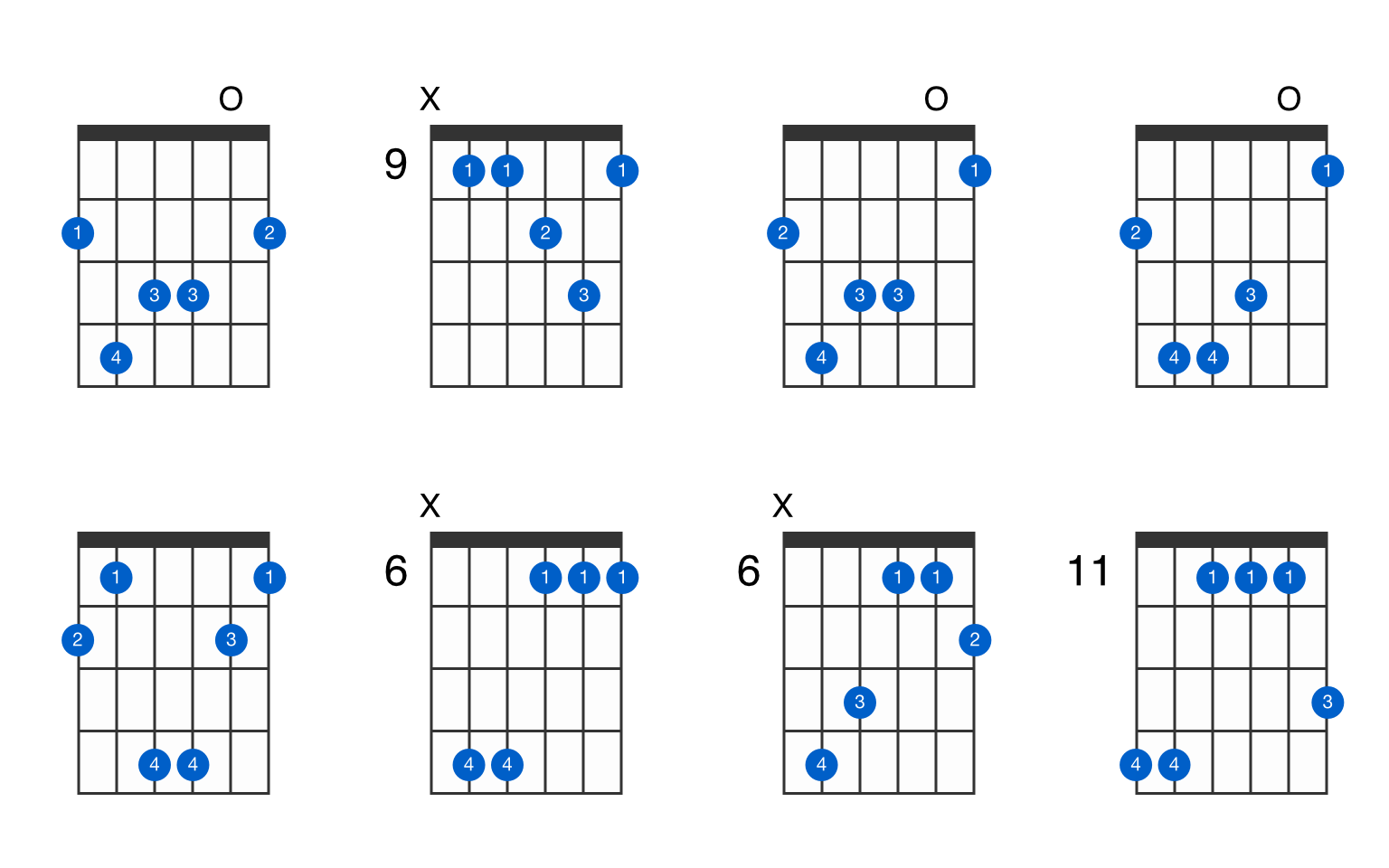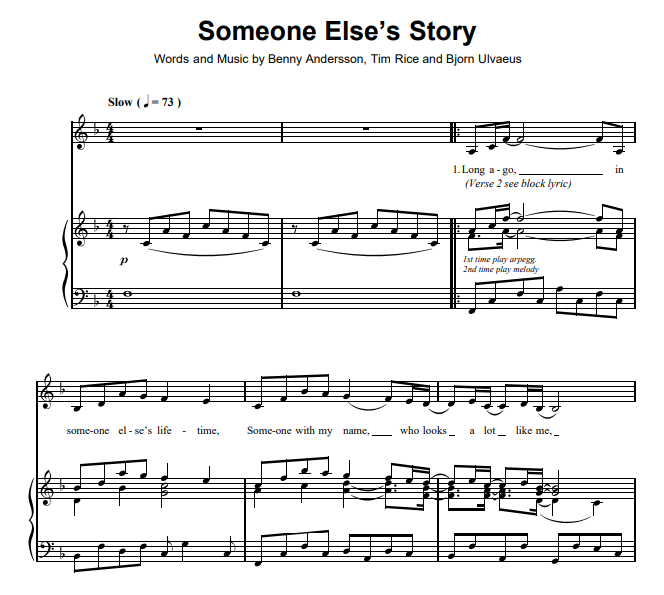

It’s a bit like having to count from 1 every time you want to try and remember what number comes after 7. However, it’s not a very efficient strategy. It’s good for a beginner to know the mnemonics and be able to fall back on this strategy when they get stuck on a particular note. This is a useful strategy because it allows you to learn and memorize the notes of the music staff quickly and easily. The mnemonics strategy uses the memory aids mentioned above (Every Good Boy Deserves Fudge, etc.). The trick is not to rely on just one of the strategies.Ī good musician is familiar with all the strategies, and mixes and matches them while playing music, depending on which particular strategy gets their fingers to the next note fastest. There are several different strategies that can help you memorize the notes of the music staff so you can read music more quickly and efficiently.

It can be written one ledger line below the treble staff or one ledger line above the bass staff. Middle C is the middle note of the grand staff. Middle C is most common ledger line that you'll encounter as a beginner. You'll see ledger lines used above and below the grand staff, and also in the white space between the treble and bass staves.

So the grand staff focuses only on the range of notes that are most commonly played, and ledger lines are used as needed to extend the staff when we want to include other notes. But if we made the grand staff big enough to include all the notes on the piano, it would be incredibly difficult to decipher notes among all the lines and spaces. The grand staff only covers a portion of the notes available on the piano keyboard. Ledger lines are short horizontal lines that are used to extend the grand staff.

To recognize middle C, you need to understand ledger lines. Middle C (and a couple of other notes) live in the white space between the treble and bass staves on the grand staff. When I was a young piano learner, my teacher called this white space “middle C's playground.”


 0 kommentar(er)
0 kommentar(er)
